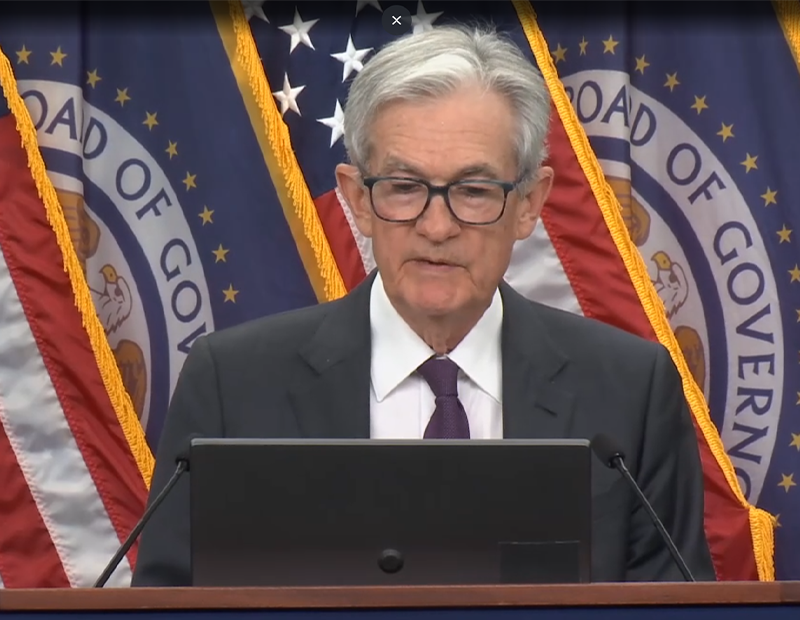Singular Focus
Expectations for the single-tenant retail market remain positive despite cooling economic growth and lingering concerns over the housing slowdown. This year, retail sales are expected to advance at their slowest rate since 2001, as fewer homeowners tap home-equity lines of credit to finance large purchases. Consumer spending will decelerate most severely within markets that are…
Expectations for the single-tenant retail market remain positive despite cooling economic growth and lingering concerns over the housing slowdown. This year, retail sales are expected to advance at their slowest rate since 2001, as fewer homeowners tap home-equity lines of credit to finance large purchases. Consumer spending will decelerate most severely within markets that are heavily impacted by housing- and employment-related weaknesses.Real estate investors will likely see continued cooling in sales velocity during 2008 as cap rates rise due to a slowing economy and more conservative lending practices. Economic expansion is expected to moderate this year as the housing market lags, especially in those markets where the residential boom was most pronounced. Loan-to-value-ratio levels have fallen from 80 percent to 60 percent, and interest-only financing is essentially nonexistent. Core assets like drugstores and desirable fast-food properties with market-leading tenants will remain buyer favorites, while investors will likely be cautious of deep discounters and convenience stores. As the year progresses, cash-heavy buyers may find opportunities in an increasing number of distressed properties entering the market.First-quarter 2008 Federal Reserve System steps to slash discount and prime rates could bolster the home improvement and clothing/apparel sectors of the single-tenant market. At this stage, it is too early to determine exactly how these moves, designed to give the economy a much-needed lift, will impact single-tenant investors over the long term. A number of single-tenant retailers, however, are also making some moves to boost their performances. Real estate investors would do well to evaluate those moves carefully.Fast food restaurants. Fast-food market leaders continue to generate increased sales by offering diversified menus and extended hours, and higher fuel prices and rising food costs are driving more consumers to affordable food options. Investor interest persists despite the increase in cap rates from the high-6 percent range to the low-7 percent range during 2007.Restaurants. Concerns over discretionary consumer spending have some restaurateurs looking to mergers to weather the storm. Buyers will pursue restaurant properties despite cap rates that average in the low-7 percent range, having moved up slightly during 2007. A cooling economy could cause some slowing in casual dining, putting upward pressure on cap rates.Discount stores. For discount stores, cap rates sat higher, between the high-7 percent and mid-8 percent ranges, during 2007. Additions to grocery offerings, though, should keep discounters’ profit margins steady, fueling investor demand.Drugstores. Positive long-term demographics and a healthy outlook for pharmaceutical sales support drugstore performance. The generic drug pipeline will remain sluggish until 2009, but its growth will prove robust over the next five years. Buying activity remains at peak levels, and average cap rates have compressed slightly during 2007, hovering now in the mid-6 percent range.Gas stations. Escalating fuel prices and higher credit card fees continue to squeeze profit margins for operators of convenience stores and gas stations. Many companies are adding more breakfast and lunch items, for example. During the past few years, average cap rates have hovered between the high-6 percent and low-7 percent ranges, and subtle upward pressure is expected through 2008.Grocery stores. The grocery store marketplace is tightening, thanks to additional pressure from discount retailers and organic grocers. Additionally, British grocery giant Tesco Plc has opened Fresh & Easy Neighborhood Market stores in California, Nevada and Arizona. Given the increasingly competitive nature of the grocery business, transaction velocity within the market is off its peak of a year ago. Average cap rates sit in the low-7 percent range, up from the low-6 percent range a year ago.Home improvement stores. Weakness in the housing sector weighs on sales figures for both The Home Depot and Lowe’s, though Lowe’s continues to expand. The investment market for home improvement stores remains limited by the amount of available inventory. The few properties that did trade during 2007 changed hands at cap rates in the mid- to high-6 percent range, and they could push higher.Generally, both equity and debt are available for single-tenant transactions—unlike during previous cycles, when the debt capital markets virtually shut down. Financing terms have adjusted, and loan-to-value ratios and debt coverage are moving rapidly from the lax standards of the past few years toward more historical norms.In addition, risk is being re-priced, and the cap-rate compression that previously narrowed the gap between tiers of single-tenant properties is reverting. Buyers and sellers, like lenders, have become more cautious. Sellers are becoming more realistic about price expectations, and prices consequently better reflect property quality and market risk.As the buyer-seller expectation gap closes during the next six months, the sales volume of single-tenant net lease properties will increase.Bernard Haddigan is senior vice president & managing director for Marcus & Millichap Real Estate Investment Services Inc.’s national retail group.






